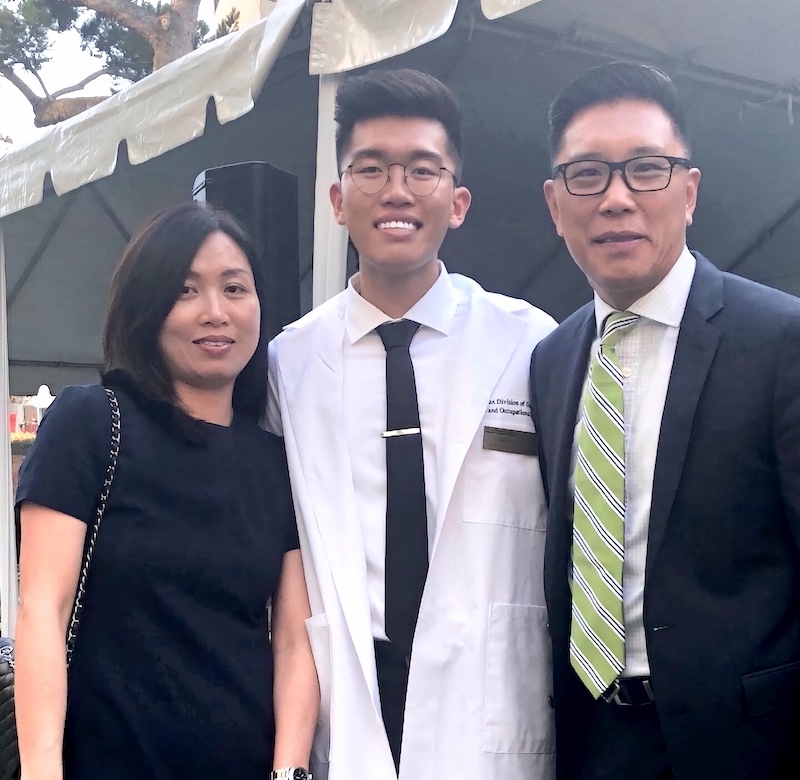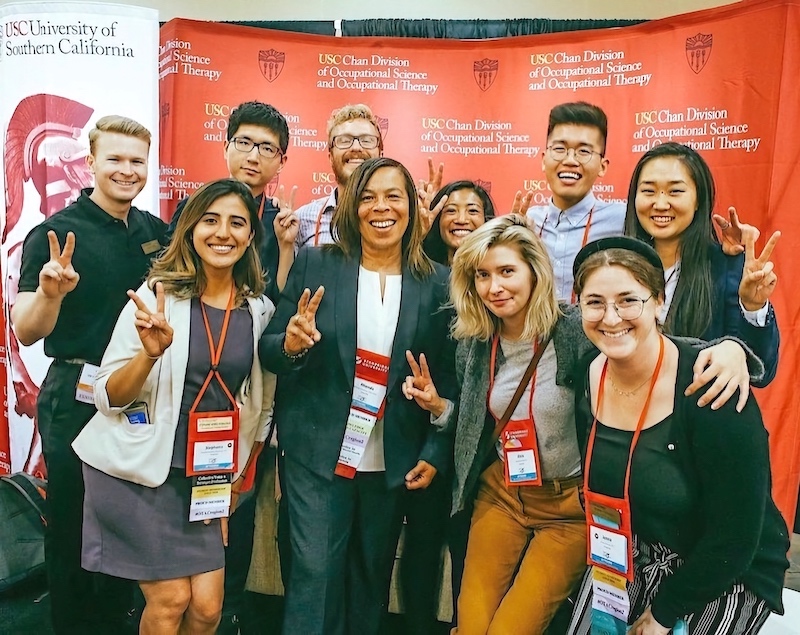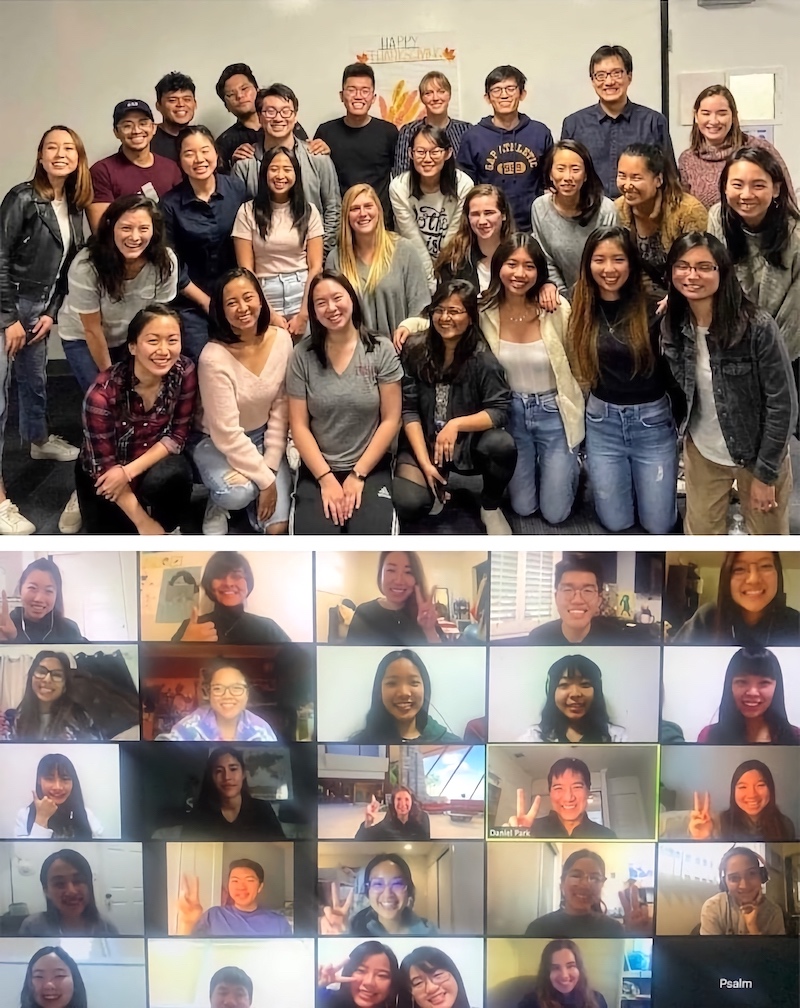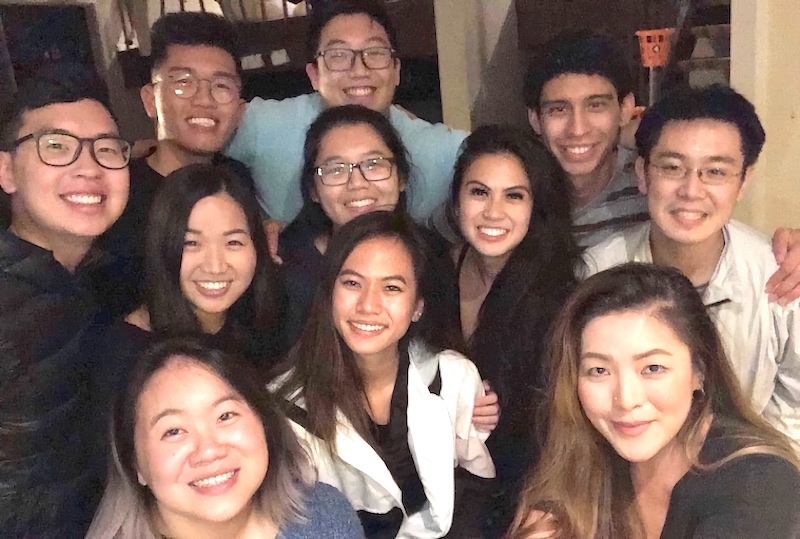Student Blog
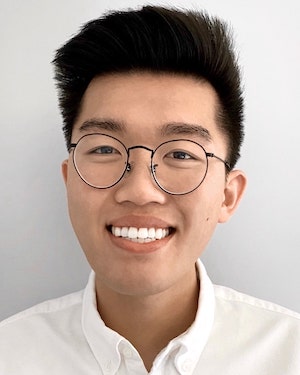
Flashback To My First Year ⟩
July 24, 2020, by Calvin
Beginnings and Endings Community What are OS/OT?
I remember walking onto the Health Sciences Campus on my first day and being really nervous about how I was going to meet new people. I remember I was almost late because I underestimated traffic, but I ended up making it even though I was dripping in panic sweat haha . . . I remember the insane amount of times when we would all introduce ourselves because there were just so many people to meet! I remember taking classes in the G-37 Auditorium, a.k.a. the frozen tundra in the CHP building, where I could always rely on the A.C. to be blasting. I remember how accomplished we all felt when we finished up our first summer semester. I remember starting my first immersion in mental health, engaging in my first Level I Fieldwork, and just spending good times with friends in the program! I remember it all!
Okay, Calvin, we get it; you remember stuff! What’s your point? Well, in just one year, I was able to experience and learn so much about the profession, myself, others, and beyond. However, I would have never guessed that we would all be where we are right now. It’s been a relatively challenging past few months with everything going on, but reflecting on the past year has really helped me stay motivated. These memories remind me why I’m here, and I’d like to take you all on a trip down memory lane to share some with you!
The ones who make every impossible in my life, possible: my parents. They’ve always supported me in every endeavor and I’m forever grateful for them! Big love to my #1 fans!
Top: Us acting natural! | Bottom: Us reaching towards Dr. Celso Delgado Jr. because these were our last few weeks with him in the mental health immersion 😢.
The best cohort, Cohort B(EST)!!! Sorry, I don’t make the rules ¯\_( ˘ ˘̯)_/¯.Huge shoutout to this phenomenal group of individuals! They are truly some of the most inspiring, funny, genuine, and authentic people I’ve ever met!
Just some BrOT Master’s students ~chilling out~ in the G-37 Auditorium! Photo credits: Christopher Chu MA ‘21.
All I can say is that I love this picture and this group of people LOL! By the way, you can actually see more of the division, virtually, thanks to the USC SMART-VR Virtual Reality Tour App that was co-created by Dr. Sook-Lei Liew!
This was taken at the 2019 Occupational Therapy Association of California (OTAC) Annual Conference. This was my first OT conference ever and it was such a great time connecting with others, attending a variety of presentations, and just being surrounded by so many OT leaders!
Top: Global Initiatives Thanksgiving Dinner with BS-MA students, MA-1 students, MA-2 students, OTD students, and faculty. | Bottom: A virtual Zoom meeting between the USC Chan community and students from Kaohsiung Medical University in Taiwan.
The Global Initiatives Team has always been so welcoming and they’ve provided multiple opportunities to learn and have dialogue about a variety of international topics. I’m incredibly thankful to Global Initiatives for fostering such a vibrant community and for making my first year experience an unforgettable one!
I hope that this gave you all a good glimpse into what my first year in the program was like. Life is very different right now, but that shouldn’t stop us from making new and lasting memories!
⋯

Summer in Lifestyle Redesign ⟩
July 23, 2020, by Liz
The summer semester is almost coming to an end and I thought it would be cool to share with you all about the Lifestyle Redesign elective course I’ve been taking for the past 9 weeks! As you may already know, Lifestyle Redesign was developed here at USC Chan. Pretty awesome, right? If you don’t know much about Lifestyle Redesign, it is an intervention approach that OTs can use with clients to help them manage chronic conditions by taking a closer look at their habits and routines in order to work with them towards building healthier lifestyles.
The coolest part about taking this elective is that we’ve had the chance to practice having our own client! So, one of our peers is assigned to be our client and in return we get to work on some goals ourselves by being another student’s client. We meet with our client once a week for 30 minutes (this is the target time). So far we’ve met for 6 sessions and now that summer is almost over we have two more to go! Here’s a little bit of what I’ve learned:
1. How to incorporate therapeutic techniques I’ve learned in class
We’ve gone over SO much this summer! I’ve been working on using principles of motivational interviewing, integrating coaching strategies, and using communication techniques during these sessions.
2. Paying close attention to your body language and facial expressions is so important
Our body language and facial expressions can say so much. Since we are doing this remotely, it’s been pretty cool to see myself on Zoom and pay close attention to what my client sees when they’re speaking to me. Of course, I wish I were seeing my client in person, but Zoom has been pretty helpful for getting started! We definitely want to make sure our clients feel like they are in a safe space and being mindful of the way we react to what they share is important for doing that.
3. How to pace myself
As I mentioned before, the sessions are meant to be 30 minutes long. It’s so easy to get caught up talking about one thing, and although it would be amazing to have all the time in the world to talk to our clients that isn’t the reality. So far I’ve made some progress—my last session was 33 minutes long!
4. How to document
Documentation is so important! As Dr. Rebecca Cunningham has mentioned this summer, it is a love letter to your future self! Documentation is how OTs communicate patient progress, it supports how we are reimbursed, and shows why our clients are benefiting from our services. During the process I’ve practiced using appropriate language, writing long-term goals, and writing short-term goals for my client. We also receive feedback that we can then implement into the following week’s documentation. It’s great to be able to practice and make mistakes and learn from those mistakes in a safe space!
5. How to switch gears
Sometimes what we had in mind for our session doesn’t go as planned. So, it’s important to be able to switch gears a little bit and tailor the session to best meet the needs of our clients. It won’t always go our way and that is completely okay!
Although I am looking forward to that week off before fall semester starts, I will definitely miss this course! Our program offers a variety of elective options for students to take and I am so happy I chose to take this one this summer. I’ve learned a lot of useful tools and have developed skills that will definitely be useful when out in practice!
⋯

When a Planner’s Plan Doesn’t go to Plan ⟩
July 21, 2020, by Savi
You never know where you are going to end up. This was a comment I heard from a lot of USC faculty and staff during my first summer in the Master’s program. I would chuckle and dismiss these comments because I have always known what setting I wanted to work in as an occupational therapist (OT). When I have a plan I rarely sway from it. After deciding to pursue a career as an OT in acute care during my junior year of high school, I did everything I could to fulfill this dream of mine.
Upon entering into my first immersion, mental health, I had already convinced myself that this was not the field I was going to work in. As I attended more classes, participated in group discussions, and immersed myself in an eye-opening fieldwork placement, I soon came to realize that my plan to pursue a career in acute care may not be my goal after all. In this fieldwork setting I listened to my clients’ stories and worked with them to overcome the mental health barriers they faced to become better mothers. This experience made me realize that my love for working with clients to improve both mental and physical health in order to engage in meaningful occupations can be applied in a variety of settings. For the first time in a while, I was confused about where I was going to end up, and that made me feel uneasy.
It was not until I was introduced to my faculty mentor, Kimberly Perring Lenington, that I came to terms with the fact that my confusion was a good thing and not something to be afraid of. I instantly admired Dr. Lenington for achieving my original goal of working in the acute care setting directly after graduating from USC. I remember asking Dr. Lenington if this was her goal all along and recall her explaining that this was not her plan. She fell into this setting and loves it. I was shocked. I didn’t have to plan my entire career from high school in order to be successful in my field of choice?
While learning more about Dr. Lenington I discovered a niche specialty I was never aware of. Dr. Lenington also treats individuals with various pelvic health diagnoses including incontinence, pelvic pain, and sexual dysfunction. After diving deeper into this pelvic health specialty and learning more about OT’s role in sexual health in my OT 534 Health Promotion and Wellness course, I became fascinated by the opportunity to work with women to help them holistically. In this setting, I could tackle the mental and physical barriers to achieving pelvic health in order to help women participate in meaningful occupations. Let’s just say I was immediately hooked!
Although I am still passionate about the possibility of working in an acute care setting, I have come to the understanding that I must allow myself to keep an open mind. Without doing so I would have never discovered the pelvic health specialty that I am now extremely excited about. It is ok to be confused about where you want to be once you graduate. This confusion is truly a gift. Allowing yourself to keep an open mind, in turn, widens the realm of possibilities. So to those who are planners like me, know that it is all right to redo your plan. Keep your options open . . . you never know what opportunities could be coming your way!
⋯
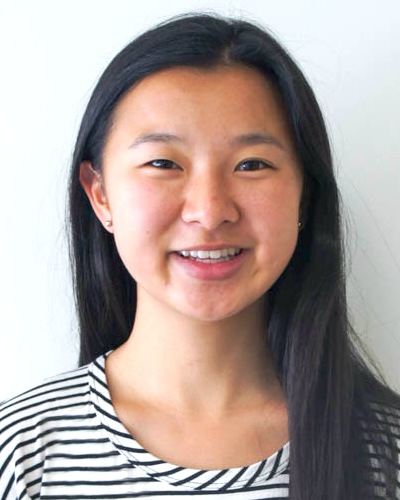
Childhood Occupations In Summer ⟩
July 20, 2020, by Bethany
For part of the summer, my brother and I went to stay with our cousins. It was the perfect time to go. Our parents wanted to remodel the kitchen, which would frustrate my brother and I, as we are stuck taking online classes from home, and my aunt and uncle needed to entertain their three kids who were also stuck at home. So we moved to Hawaii for six weeks, continuing online classes, which now started at 6am instead of 9am for me, and spending our afternoons with the cousins.
Having not been out of the house for a while, I loved observing the occupations that people chose during an encouraged stay-at-home time. I was in a unique position to be able to see others’ occupations, not just my family’s. I especially loved the fact that I had an excuse to engage once again in childhood occupations. It’s harder to find reasons to have random water balloon fights when all of your friends are over twenty and everyone is being encouraged to stay away from one another. But now under the same roof with three younger cousins, I had the chance to observe, relearn, and engage in some of the most exciting childhood occupations.
One of my cousins fell in love with baking. He had already loved the culinary arts before the safer at home order, and then as his free time expanded, so did his passion for baking. My brother and I were a new audience to wow with the recipes he had perfected for his own family, and we helped him concoct new ways to get creative, too. The second we arrived, he showed us his first creation: a red velvet cake decorated with green lemon-flavored icing. The red was for my love for USC, and the green for my brother’s school. The cake was gone all too soon, but my cousin was quick to create an entire baking schedule with things we had to try while we were here, including a double-layer carrot cake. My brother and I helped him come up with ways to make use of extra pie crust, like making cinnamon-roll-like creations topped with blueberry compote.

A double-layer carrot cake
The youngest cousins showed me the garden. Many different potted plants stood out in the front of their house. She took care to water the garden daily and to check to see if things were growing. In contrast, the oldest cousin’s most common occupations were playing video games with my brother and self-learning riffs on guitar or piano to famous songs like “Piano Man.” And although the cousins engaged in occupations I was used to, such as going to walk the dog and watching TV shows, my favorite occupations to witness and join in on were self-made entertainment.
The cousins could entertain themselves, and me, by turning anything into a game. For example, my brother started showing them a magic trick, having them pick a card from the deck and finding it again. Once he got tired of that, somehow, the game instead turned into “randomly guess the card.” The entire 5-cousin group would randomly shout cards (“Ace of spades!”), someone would turn the next one in the deck over, and you would either hear shouts of disbelief and excitement, groans of frustration if the number was only one off, or more commonly small sighs and next guesses. The game took up at least ten minutes. Ten minutes of random card guessing, and I had fun with it. I guess the anticipation in the occupation and the people with whom I was participating made the occupation increasingly engaging.
On a socially-distanced beach trip, I stayed in the shallow water with the younger cousins, jumping waves. Then the youngest dived down and grabbed a rock. We spent the next twenty minutes using the rock as if it were a pool dive toy, where I’d throw it and she’d get it, over and over again. That day, we also dug a giant hole. And then right after, we filled it in before leaving to make sure no one would fall into it. But I was struck by the short-lived nature of these occupations, how it seemed so necessary and important to frantically dig water out of the hole as the waves rolled in so that the hole would not fill up, but then we filled it up ourselves an hour later. And yet, these became some of the most fun moments.
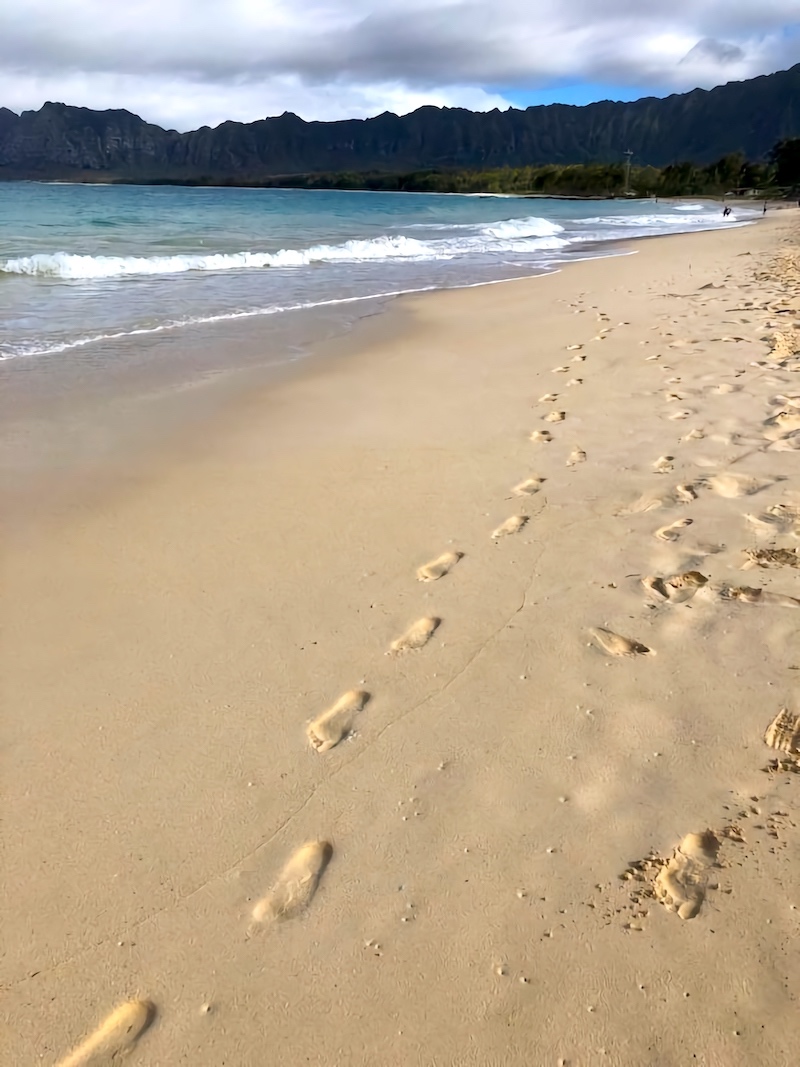
Beach walks
It’s the small daily activities of entertainment like making toys act out a play, trying to mimic how Han Solo runs, or trying to bounce a ping pong ball into a cup that become memorable, silly moments. It’s not just the activity, but the context, the place, the people, and the purpose, that make them meaningful occupations. In one of the books I was able to pick up this summer, Liturgy of the Ordinary, by Tish Warren (2016), I read that “Children never tire of beauty and pleasure. They embrace enjoyment with abandon. They don’t feel guilty about taking time to search for feathers, invent a game, or enjoy a treat” (p. 132). And getting to participate in these activities with my cousins has helped me begin to rediscover my own wonder with the world.
Reference
Warren, T. H. (2016). Liturgy of the ordinary: Sacred practices in everyday life. InterVarsity Press.
⋯

A 30 Minute Phone Call Became 6 Hours ⟩
July 17, 2020, by Lamoni
Due to my super tight schedule of balancing five classes, a job, research, and sleep (because sleep is my best friend and I am adamant about making time for it!), I do not call my friends as often as I would like. In the past, spontaneous phone calls were an easy and quick way to check in. Now? I pretty much rely on everything being planned on a To-Do list. Once upon a time, spontaneity was fun and refreshing. But now it throws me off schedule and leads to feelings of chaos. None of that, please!
My close friend from college and I have a semi-regular schedule for when we talk. We try to check in every two weeks around the same time (8:30 CST for me, 9:30 EST for her). However, I had to stay up late to finish an assignment on one of our scheduled nights and asked my friend if we could chat another time. Then the next week rolled by in what felt like a flash. The following week, I had one day in my schedule that was pretty open. I thought “Great, I can call my friend!” Too bad that when I reached out, she said that that day did not work for her. Another week went by. I was out of our routine and sort of stopped looking for time to chat. Finally, after 5 weeks, we both had an empty slot on the same day. I actually wrote her name in my planner with a “30m” next to it, which meant that I allotted thirty minutes to the call. I intended to complete several tasks once off the phone. I always looked forward to our biweekly check-ins but because I had not done it in a while, I was still in the mode of work work work. I viewed the call as an assignment that needed to get done efficiently.
When I answered the phone, I was greeted with “Hey, MONI!” It was one of those greetings where you could hear the smile on someone’s face. Her voice was lifted, warm, and welcoming. It was like a hug through the screen. Her positive energy transferred to me and I instantly felt at ease. The built-up stress had calmed down. The constant thoughts about the tasks I needed to complete had gone quiet. We talked about TV shows, future vacations that we want to take together, our families, what we ate, old college memories, relationships, jokes we heard throughout the weeks, and even outrageous what-would-you-do scenarios. Less than five minutes were spent talking about work or school. That was where all of our time went throughout the week. This was our time to focus on something else. Thirty minutes came and went. Then it was two hours. By the time we chose to end the call, it was 2AM and nearly six hours had passed! You know how the saying goes—“time flies when you’re having fun!” That could not have been more true. Even after all of those hours, I did not want the call to end. If my body had not needed sleep (my other best friend), we probably could have spent an additional six hours together. I woke up the next morning feeling restored.
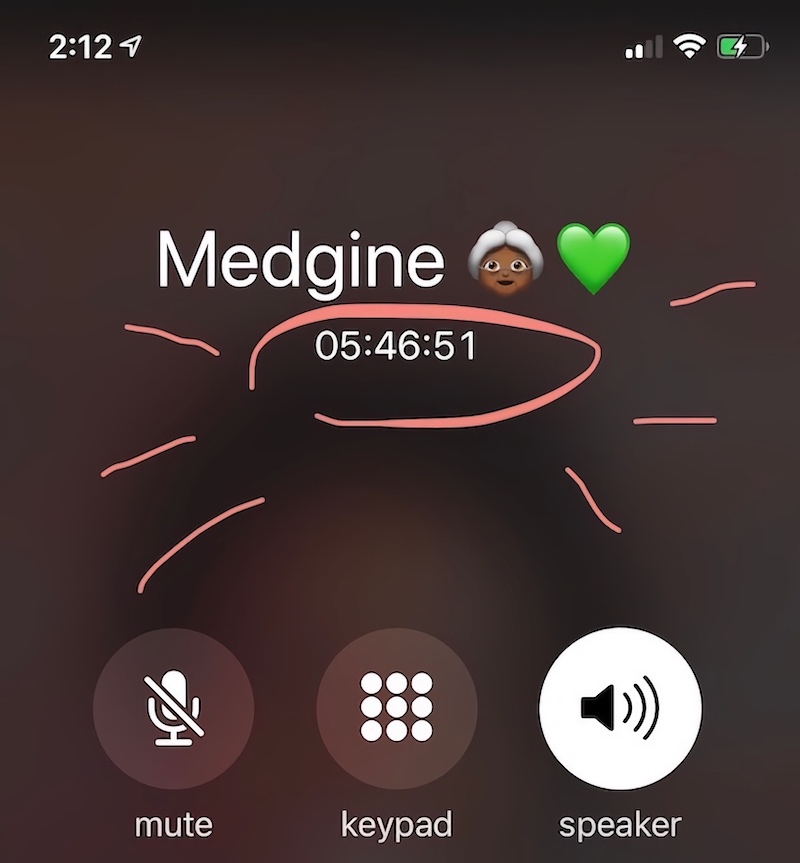
Proof of my nearly 6 hour long phone call that ended at 2AM
I am someone that loves solitude. My time alone is very special to me. I am also naturally more introverted. All that is to say that I am very comfortable with being by myself. But pair that with a heavy workload and I can close myself off for too long. So long that I forget the beauty of friendship. Spending time with or talking to someone that loves you is like a natural healer - a remedy for stress. (Side note: shout out to OT534 and the professors, Kelcie Kadowaki and Laura Marie Cox, who work for the Faculty Practice because I learned that this is a fact. As part of our stress response, the parasympathetic nervous system aka “Tend and Befriend” releases oxytocin which then urges us to engage in positive social interactions. This leads to stress reduction). Being with people that care about you increases your health and wellness!
Next time you want to cancel plans with your friends or family because of a high workload or increased stress, don’t. They are your stress remedy. I bet that after spending time with the people that you love, you will feel refreshed and better prepared to finish your work. Health comes first, always. Everything else comes later.
Sometimes you do not realize what you need until you get it. But once you have that realization, get more of it. Get it not only when it is desperately needed but also as a preventative measure. Stay safe and stay healthy ✌️
⋯






